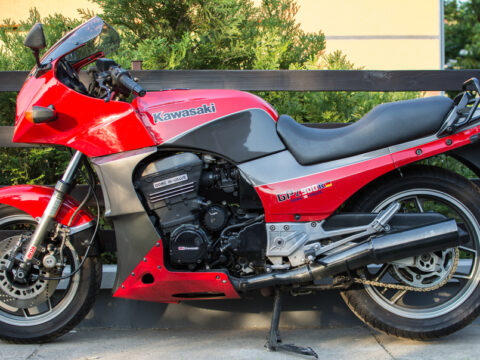Car detailing is often misunderstood, and following common myths can lead to long-term damage to your vehicle. Using dish soap for washing, skipping waxing because of ceramic coatings, or believing that any cloth will do for cleaning can all result in issues like faded paint, scratched surfaces, and corrosion. Proper techniques and products are crucial to maintaining a vehicle’s exterior and interior. Avoiding these myths will help ensure that your car remains in top condition for years to come.
Contents
Washing Your Car with Dish Soap Is Safe
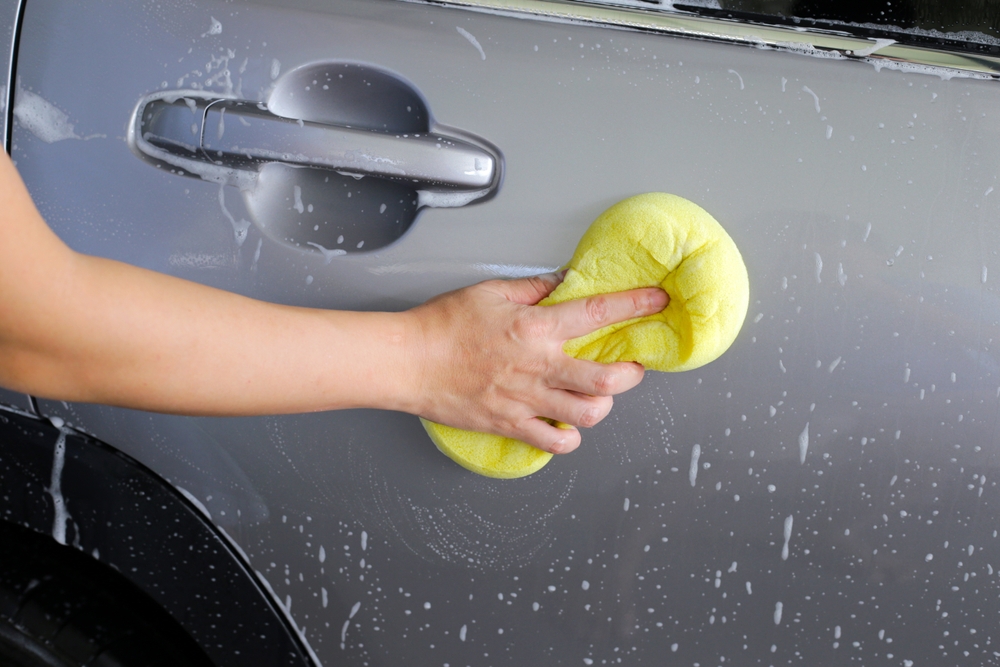
Many believe that dish soap is a great alternative to car soap for washing their vehicles, but this is a myth. Dish soap is designed to cut through grease and oil, which can strip away protective wax and damage the clear coat on your car. Over time, using dish soap can lead to fading paint and oxidation. Always use a pH-balanced car soap designed specifically for automotive finishes to preserve your vehicle’s paintwork.
Waxing Your Car Once a Year Is Enough
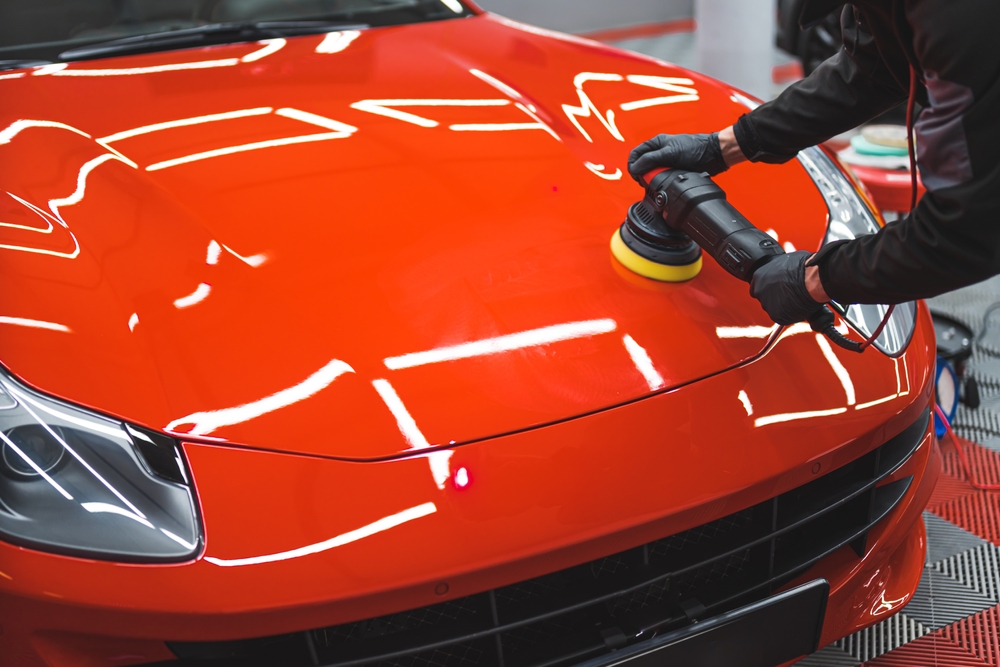
Some think that waxing a car once a year is sufficient, but this can lead to long-term damage. Wax wears off after a few months, leaving your paint unprotected from UV rays, dirt, and contaminants. Regular waxing every three to four months helps maintain the paint’s protective layer. For added protection, consider using synthetic sealants or ceramic coatings, which last longer than traditional waxes.
Using a Towel from Home Is Fine for Drying
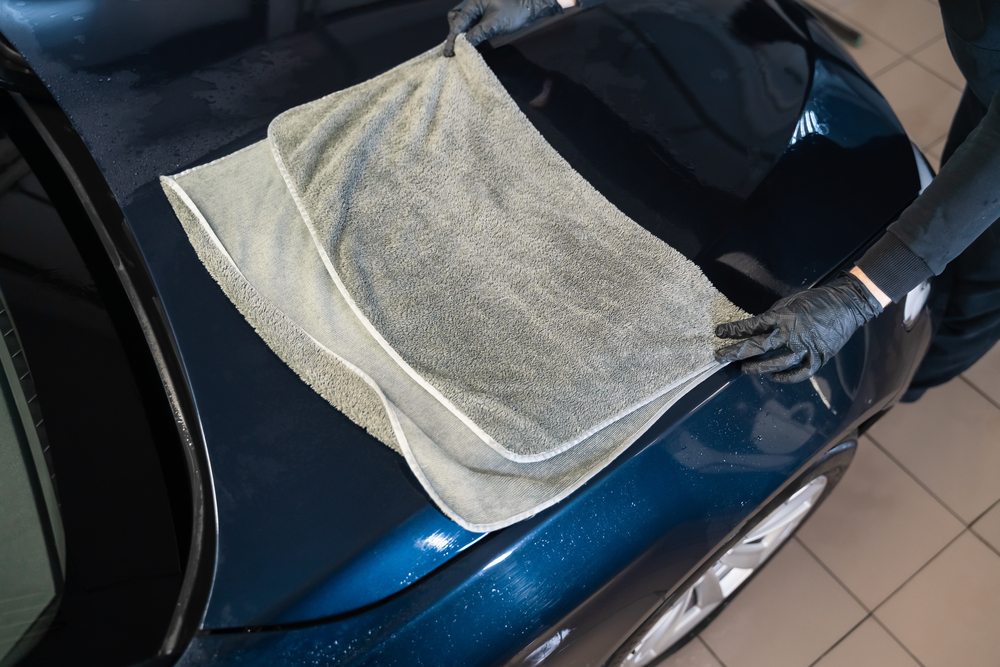
A common myth is that any towel, including a household bath towel, is suitable for drying a car. In reality, using a regular towel can cause micro-scratches on your paint due to its rough fibers. Over time, this can dull the finish. Instead, use microfiber towels designed for automotive drying. These towels are soft and trap dirt particles, preventing scratches while absorbing water effectively.
Waterless Wash Products Are Harmful
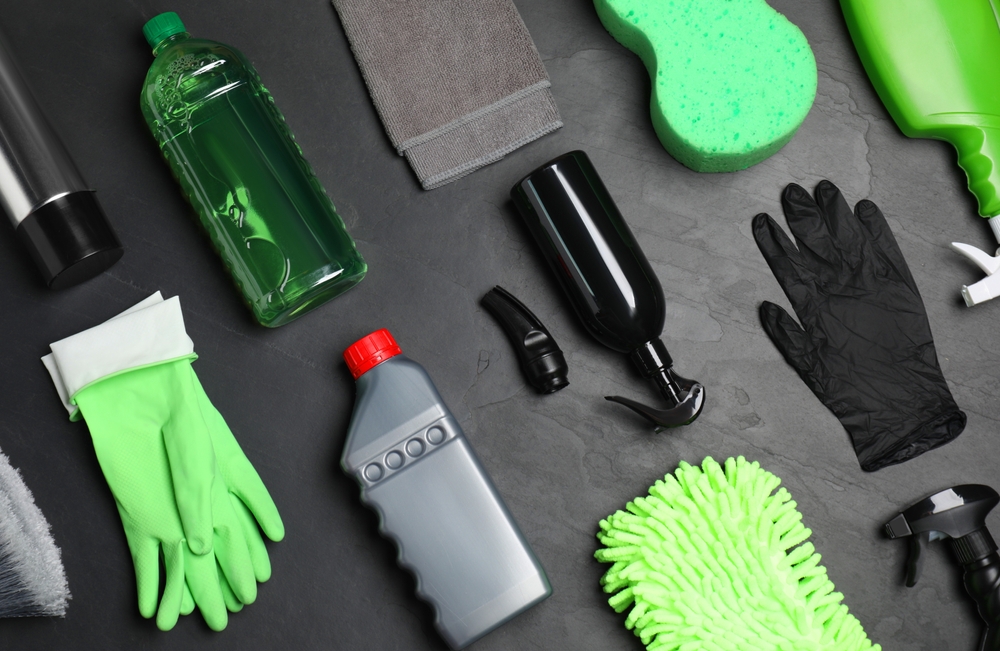
Many believe that waterless wash products scratch the paint because no water is used. However, if used correctly, waterless wash products are safe. They contain lubricants and cleaning agents that lift dirt off the surface. The key is to use a microfiber cloth and ensure the product is applied to clean sections frequently. Waterless washes are ideal for light dust or when traditional washing isn’t practical, but heavy dirt should still be handled with water.
Washing Your Car in Direct Sunlight Is Fine

Washing your car under direct sunlight is a widespread practice, but it’s a mistake. Sunlight causes water and soap to dry quickly on the surface, leaving behind streaks and water spots that are hard to remove. The heat can also cause your paint to expand, making it more vulnerable to scratches during the wash. Wash your car in the shade or early in the morning to avoid these issues.
Clay Bars Are Only for Professional Detailers
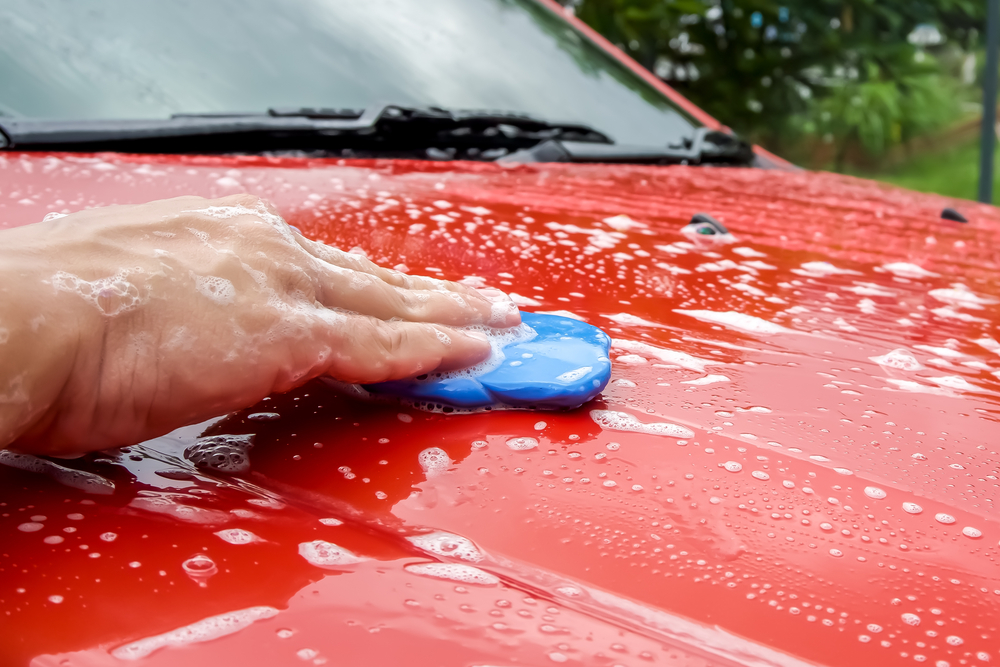
Some car owners avoid using clay bars, thinking they are too aggressive or only for professional use. This is a myth. Clay bars are safe and effective for removing embedded contaminants from the paint’s surface, such as industrial fallout, tree sap, and brake dust. Using a clay bar a few times a year can enhance your vehicle’s smoothness and shine, preparing it for waxing or sealing.
Automatic Car Washes Are Harmless
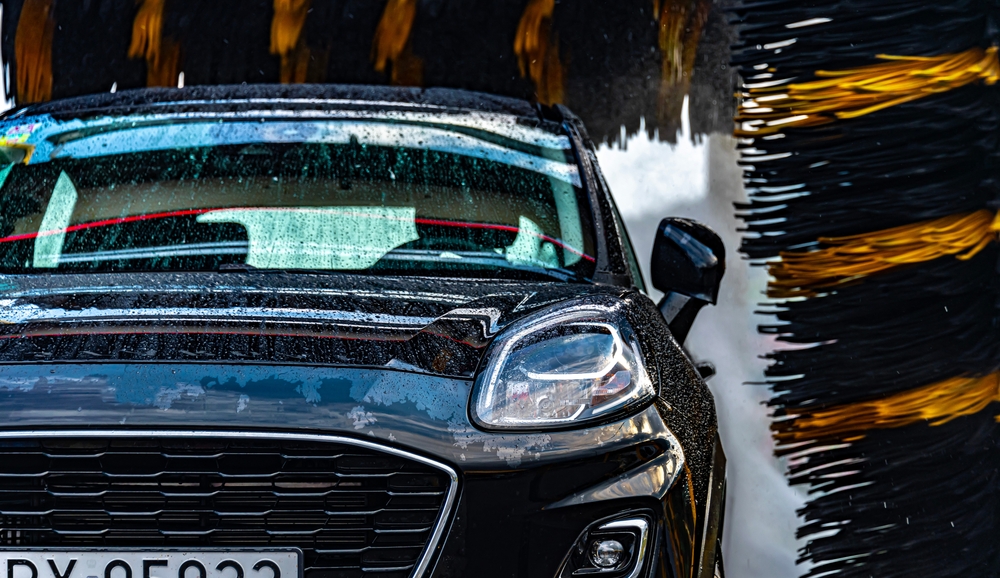
While convenient, automatic car washes often use harsh brushes that can scratch your car’s paint and leave swirl marks. Over time, repeated use of these car washes can dull the finish. Hand washing or using touchless car washes is a safer alternative to protect your paint from unnecessary damage. If you must use an automatic car wash, opt for one with soft cloth or foam technology.
More Wax Means Better Protection
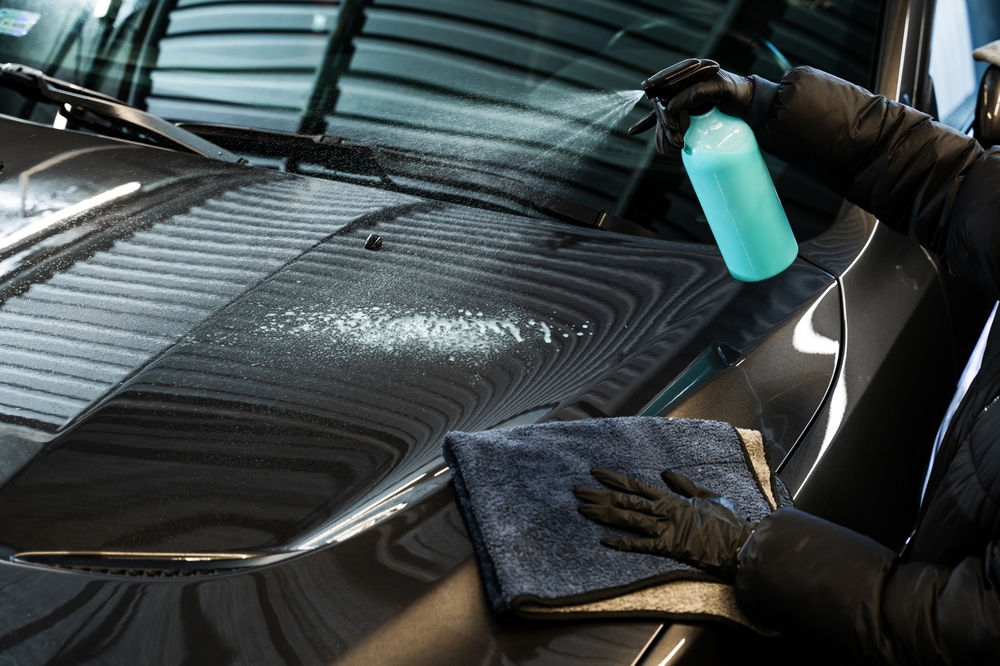
Applying multiple layers of wax on your car doesn’t necessarily mean better protection. In fact, excessive waxing can lead to a hazy or uneven finish. One or two thin, even layers of wax are sufficient for adequate protection and shine. If you want longer-lasting protection, consider ceramic coatings or synthetic sealants, which provide more durable coverage without over-application.
You Don’t Need to Clean the Interior Often

Many car owners neglect regular interior detailing, thinking it’s unnecessary. However, dirt, dust, and UV rays can cause damage to interior materials over time, leading to fading, cracking, or discoloration. Cleaning the interior regularly, including vacuuming carpets and wiping down surfaces, will maintain the longevity and appearance of your car’s interior. Use UV protectants on dashboards and leather conditioners to prevent long-term damage.
Scratches Can Be Fixed with Toothpaste
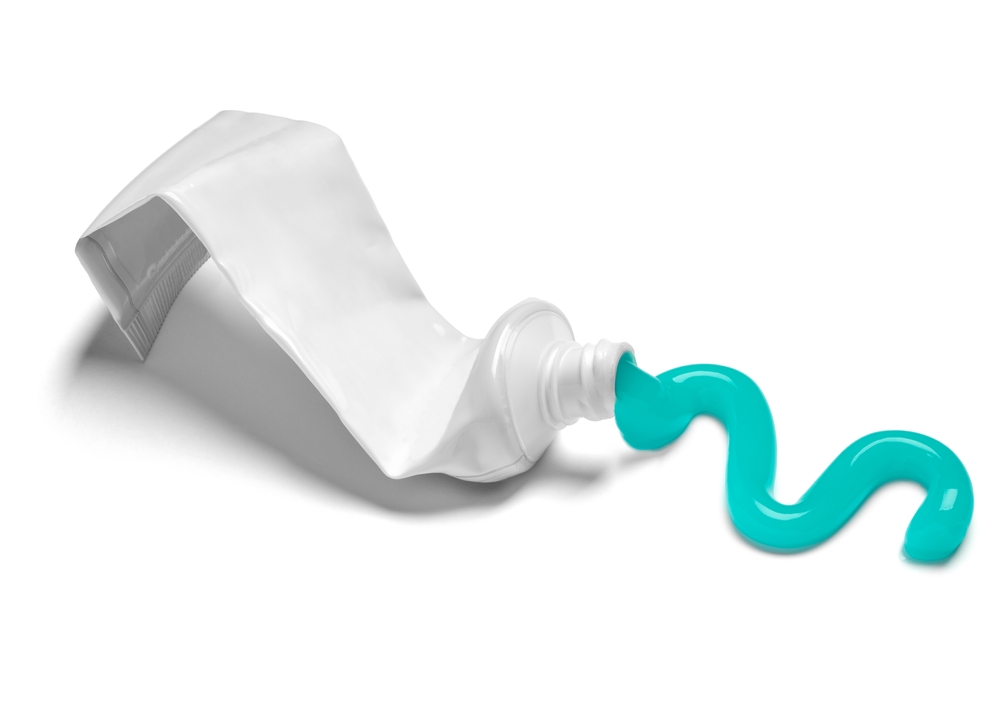
A popular myth is that toothpaste can remove scratches from your car’s paint. While toothpaste has mild abrasives that may reduce the appearance of minor scuffs, it’s not an effective or safe method for deep scratches. Professional polishing compounds designed for automotive finishes should be used instead. These products are formulated to remove scratches without damaging the surrounding paint.
Pressure Washing Is Always the Best Option
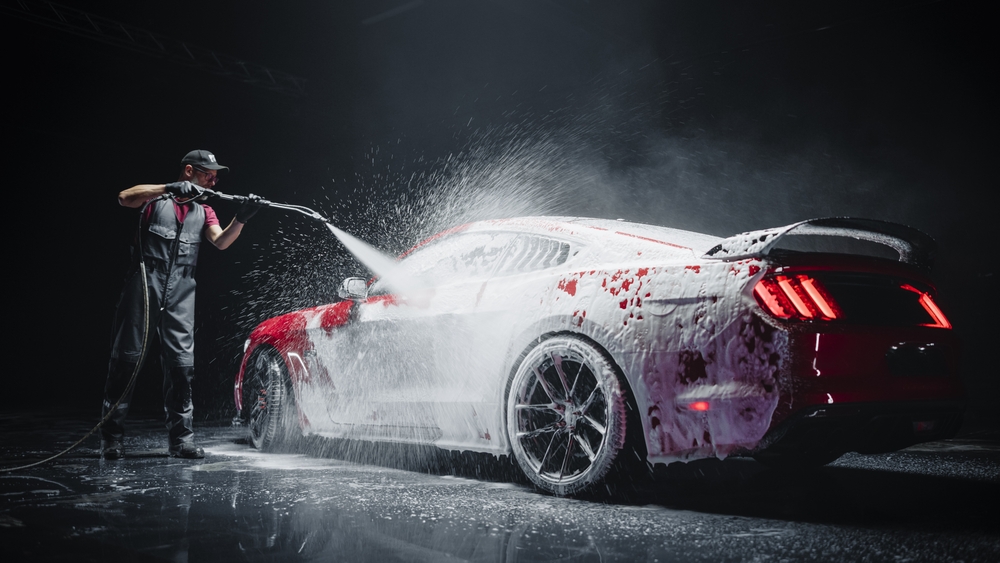
While pressure washing can effectively remove dirt, using too much pressure can damage your car’s paint, particularly on older or delicate surfaces. High pressure can strip paint, chip clear coats, and push water into seams or electrical components. Always use a pressure washer with an appropriate nozzle and stand a safe distance away from the vehicle. For safer cleaning, a foam cannon or a gentle hand wash is recommended.
Any Window Cleaner Will Do
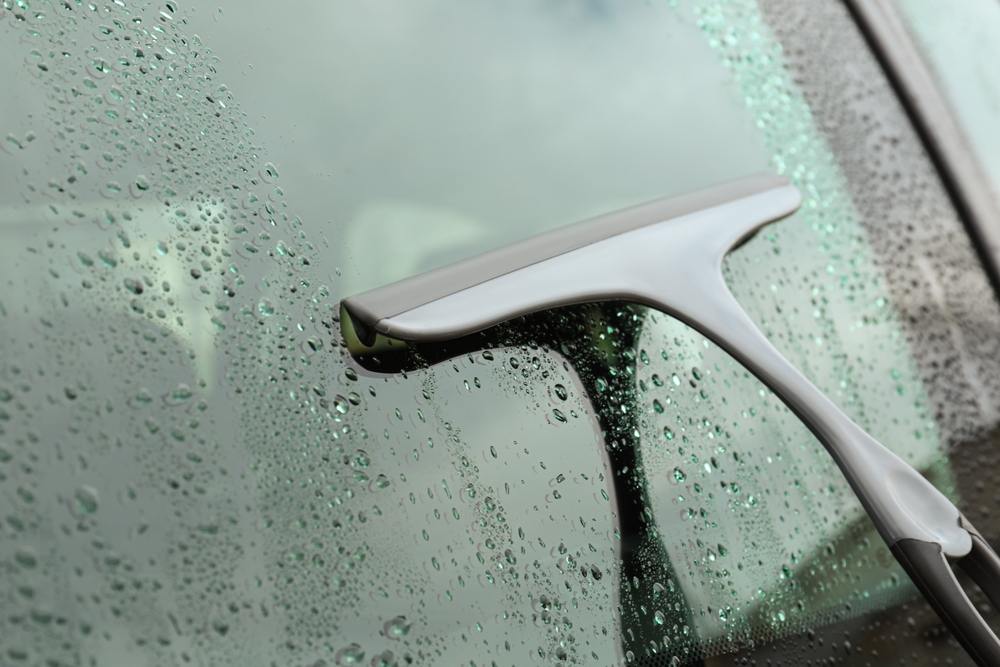
Household glass cleaners often contain ammonia, which can damage your car’s window tint or leave streaks on untreated glass. Over time, these chemicals can cause discoloration and fading. Always use a window cleaner specifically formulated for automotive use, which is ammonia-free and safe for tinted windows. Pair it with a microfiber towel for streak-free, clear results.
You Only Need to Polish Once
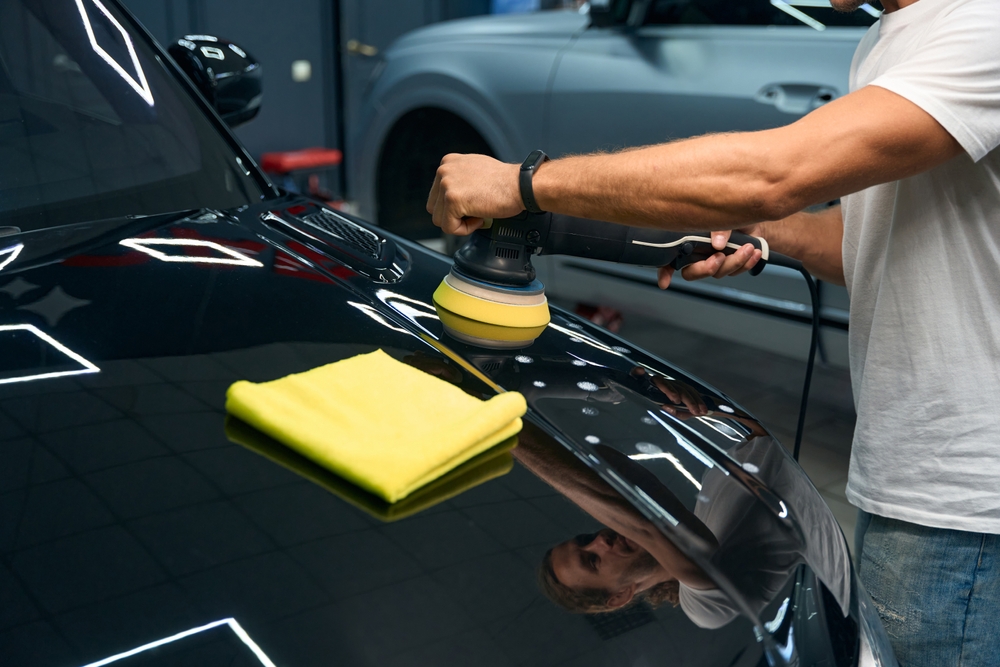
Polishing once after buying the car may seem enough, but that’s a myth. Over time, exposure to environmental factors, road grime, and minor abrasions can cause imperfections in the paint’s surface. Polishing the car every year or two helps to restore its shine and remove fine scratches. Just be sure to use a mild polish and follow it with a wax or sealant to protect the freshly polished paint.
Leather Seats Don’t Need Conditioning Often
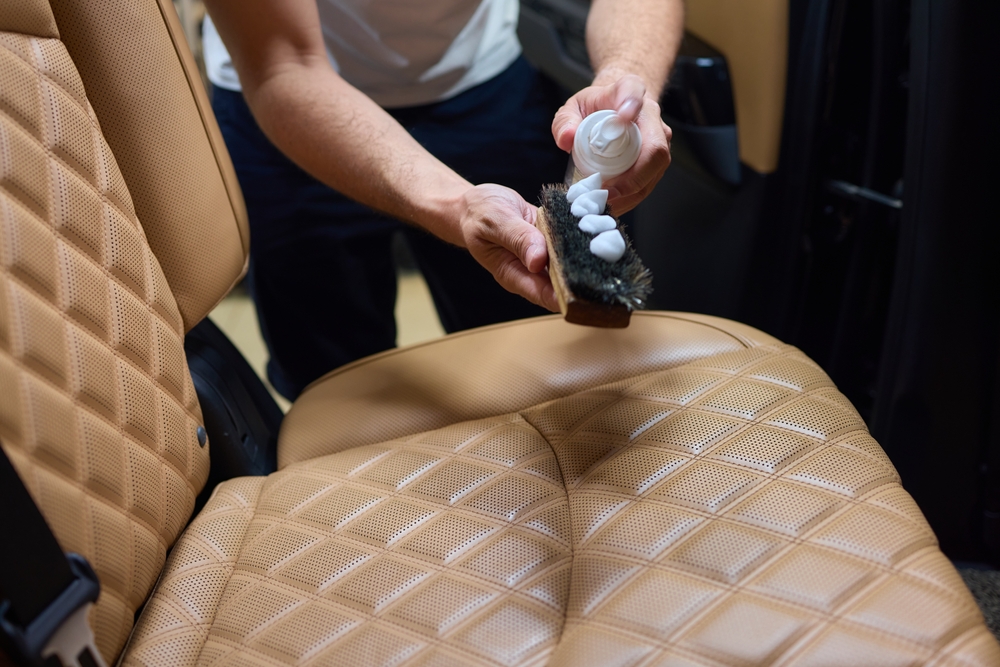
Many people think leather seats don’t need regular conditioning, but neglecting them can lead to cracking and fading. Leather, like skin, can dry out over time, especially when exposed to heat and UV rays. Using a quality leather conditioner every few months will keep the seats soft, supple, and looking new. Avoid using products that contain silicone or petroleum, as they can harm leather.
Brake Dust Can Be Left Alone
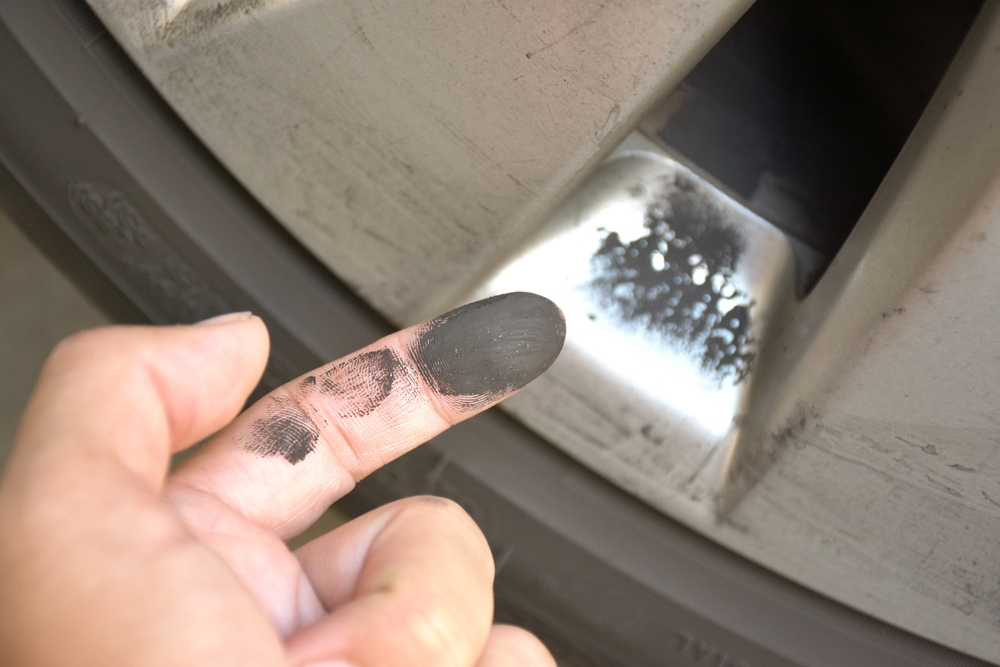
Leaving brake dust on your wheels for too long is another myth that can lead to damage. Brake dust contains metallic particles that can embed themselves into the wheel’s finish, causing corrosion and permanent staining. Cleaning your wheels regularly with a dedicated wheel cleaner prevents brake dust buildup and maintains the appearance of your rims. Use a soft brush to gently clean intricate areas without scratching the finish.
Car Covers Protect Your Vehicle in All Conditions

While car covers can be beneficial, many people assume they’re always safe for the car, which is not always the case. If a car cover doesn’t fit properly or is used in windy conditions, it can rub against the paint, causing scratches. Additionally, if the car is dirty when covered, dirt particles can create micro-abrasions. Always use a clean, fitted car cover made from soft materials, and make sure the car is washed before covering.
Polishing and Waxing Are the Same
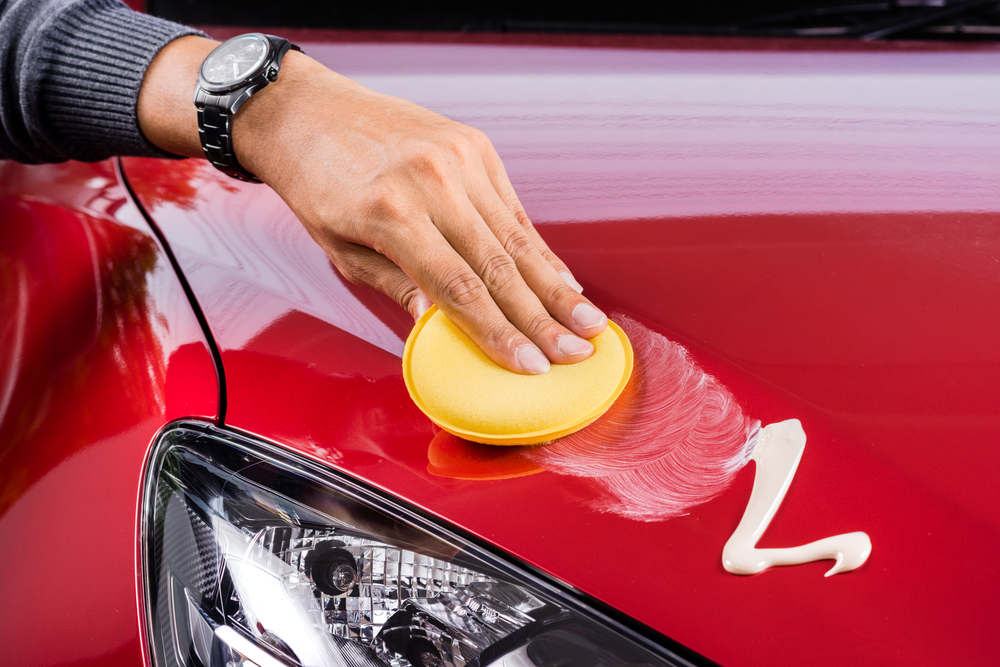
Many car owners confuse polishing and waxing, but they serve different purposes. Polishing removes surface imperfections, swirl marks, and oxidation, while waxing protects the paint. Skipping the polishing step when needed can lead to long-term paint dullness and damage. Polish your car to correct defects, then apply wax or sealant to protect the paint from future wear.
Hand Washing with One Bucket Is Enough
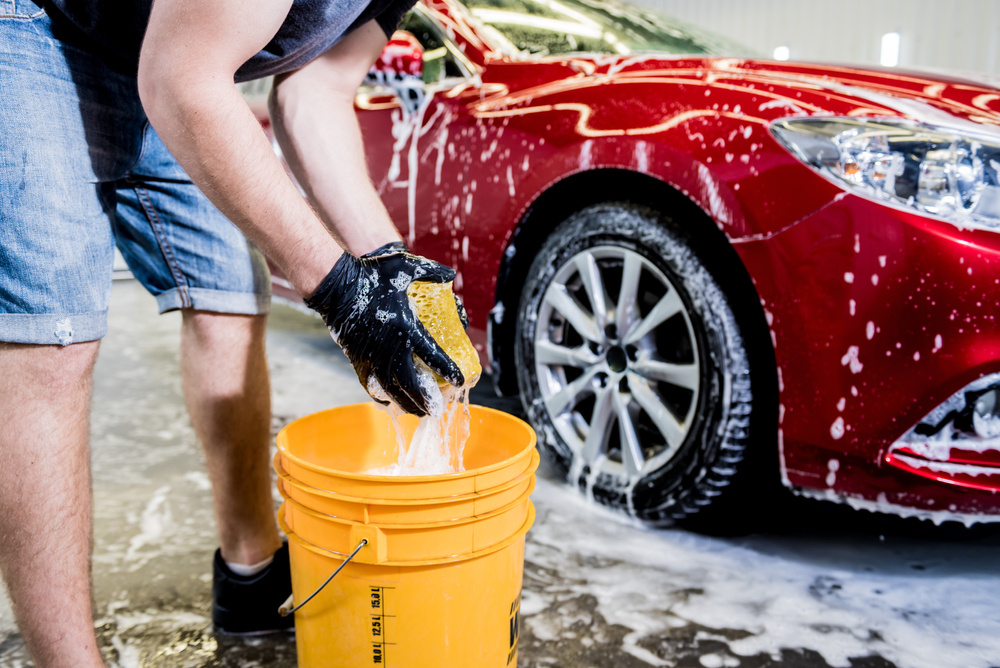
Washing your car with just one bucket is a common mistake that can cause scratches. Dirt and debris from the car accumulate in the wash mitt, and when dipped back into the bucket, it can be reintroduced to the car’s surface, causing swirls. The two-bucket method—one for soapy water and one for rinsing—helps prevent contamination and protects the paint. Always use separate buckets for washing and rinsing.
Tire Shine Is Just for Looks

Tire shine products often claim to add a glossy finish to your tires, but not all of them are safe. Many contain harsh chemicals that can degrade the rubber over time, causing cracking and discoloration. Opt for water-based tire dressings that condition the rubber and provide a natural finish without harmful side effects. Regular tire maintenance also helps prevent dry rot and extends the life of your tires.
Wiping Dust with a Dry Cloth Is Harmless
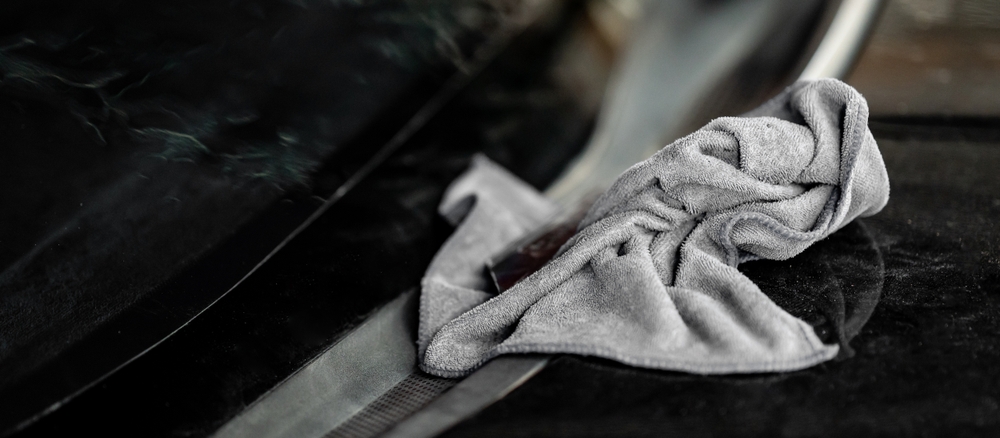
Many people think they can quickly wipe dust off their car with a dry cloth, but this can cause micro-scratches in the paint. Dust particles can act like sandpaper when rubbed across the surface. Always use a damp microfiber cloth or a quick-detailing spray to safely remove dust. This prevents scratching and keeps the paint’s clear coat intact.
This article originally appeared on MyCarMakesNoise.
More from MyCarMakesNoise
8 Best RVs for Long-Distance Travel

From luxurious Class A motorhomes to compact and efficient Class B camper vans, there are plenty of options to suit every traveler’s needs. Read More.
15 Reliable 10-Year-Old Cars Built to Last Another Decade

From sturdy SUVs to efficient sedans, these 2014 models are built to last and, with proper maintenance, can easily serve you well for another decade. . Read More.
15 Prestige Cars Popular Among Wealthy Americans and Their Prices
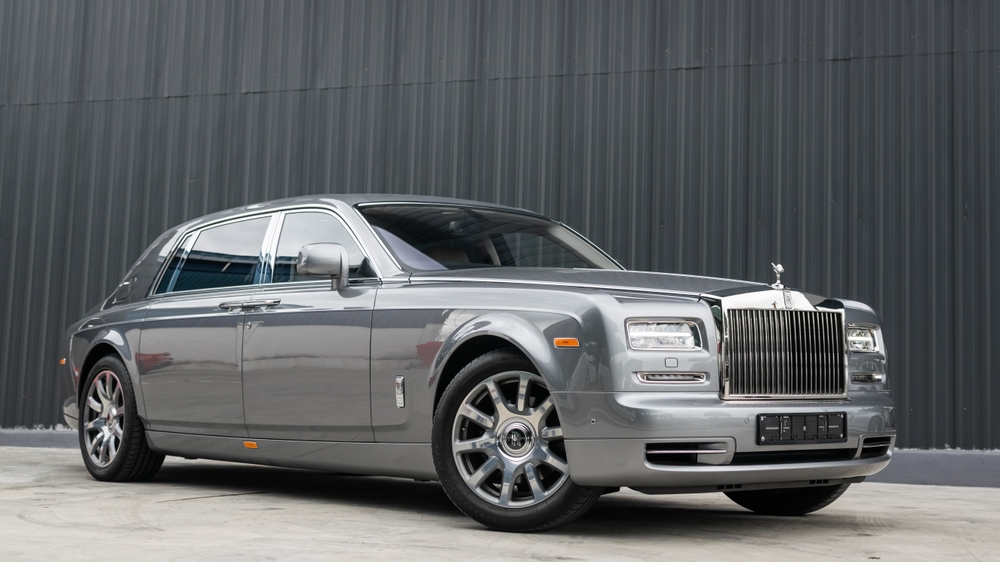
Fom elegant sedans and powerful sports cars to environmentally friendly hybrids, each vehicle showcases unique features that make it stand out. Read More.


